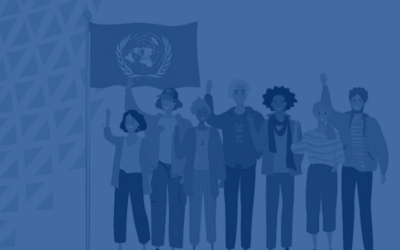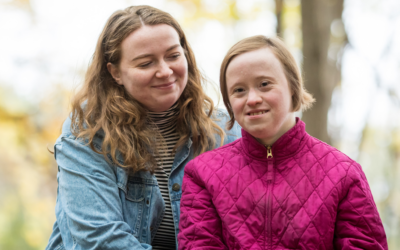Why Expanding Segregated Classrooms in Saskatchewan is a Step Backward for Inclusive Education
“In recent years, our CDSS team has transitioned from our long-time office in Calgary to a fully remote work model in an effort to keep costs down and ensure your donations are being used as effectively as possible. As part of this change, we’ve moved our official mailing address to Ontario.
We want to emphasize that this change in address was an administrative decision and will in no way cause a disruption to our work in Alberta. CDSS was founded in Calgary by a small group of incredibly dedicated Down syndrome community members and parents and we would not be the national organization we are today without the decades of advocacy work, volunteer hours, and loyal support we have received from them.
CDSS greatly appreciates the passion and time of all of our community members from coast-to-coast and we will continue to look for new ways to connect and bring us closer together.”
Laura LaChance
Executive Director, Canadian Down Syndrome Society
Please use our new address for mailing us your donations and forms:
Canadian Down Syndrome Society
155-64 Hurontario St, Collingwood, ON L9Y 2L6
Questions about the address change or mailing a donation? Please contact our Team.



